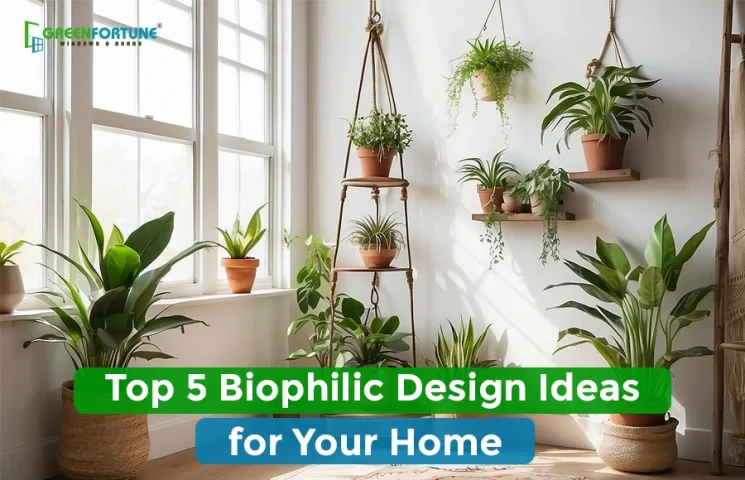
7 Reasons Why French Window Designs Are Trending in India?
January 3, 2025
5 Reasons to Choose Lacquered Glass for Your Kitchen Cabinets and Shutters
January 4, 2025Are you tired of feeling disconnected from nature in your everyday life? In this technological age, integrating biophilic design is one of the best ways to reconnect with nature. This article will cover a variety of biophilic design ideas that can be applied in the home.
Understanding Biophilic Design
Biophilic design, also known as biophilia in design, is an approach that designers take to connect homes to the natural environment by using colourful patterns and designs. Biophilia in design is based on the idea that humans have an innate connection to nature, which is reflected in the use of direct nature, indirect nature, and space and place conditions.
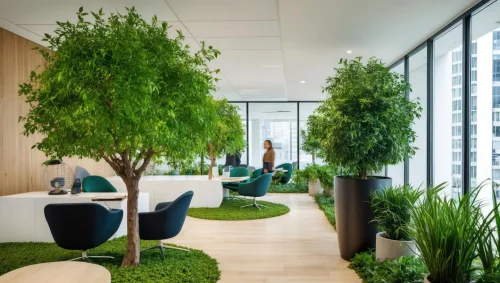
Source: Freepik
Top 5 Biophilic Design Ideas for Modern Homes
Biophilic, or people may say biophilia in design comes in various types. Below are the top 5 biophilic design ideas for modern homes:
Also read: How Frosted Glass Enhances Privacy and Style in Modern Homes
1. Usage of natural materials
Incorporating natural materials like stones and bamboo is a modern way to connect to nature. These biophilic design materials offer a wonderful visual and tactile link to nature, which enhances the overall biophilic design of your house.
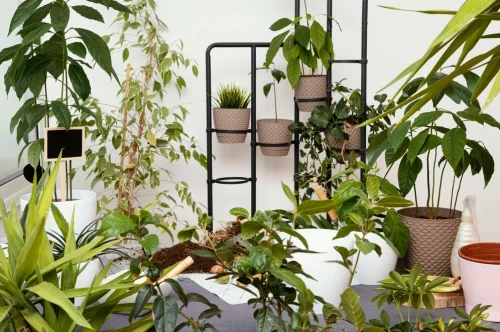
Source: Freepik
2. Natural shapes
Natural shapes are lines and shapes that are often seen in nature. Some of the most common examples are arches and vaults. These shapes are used as biophilic design offices, malls, etc.
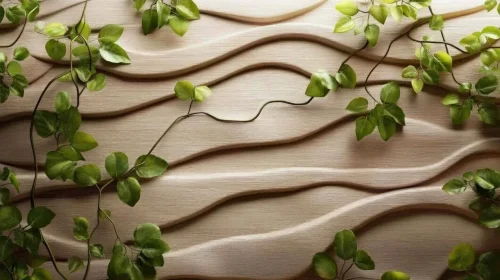
Source: Freepik
3. Biophilic-designed interior
Majority of homeowners nowadays are opting for biophilic interior design. The idea is to incorporate natural elements into your space, such as bamboo, wood, stone, and plants, among many other things.
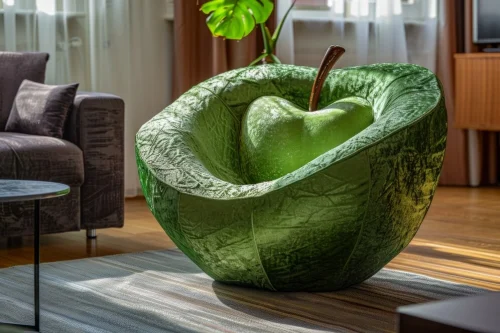
Source: Freepik
Also read: Why Choose UPVC for Your Modular Kitchen Cabinets?
4. Bring the outdoors in
Bringing the outdoors in is one of the most effective and appealing ways to connect to nature. Here, natural elements like indoor gardens or potted plants are incorporated into the biophilic architecture to help purify the air and create a visual link to the natural world.
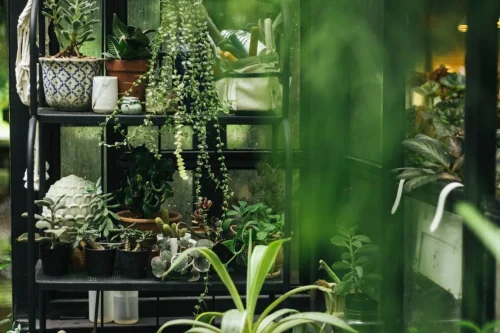
Source: Freepik
5. Adding water elements
Adding water elements refers to using elements like a tabletop fountain or a saltwater aquarium with sea fishes in it. Water is a soothing element and is likely one of the best natural elements you can incorporate into your biophilia home decor to create a stronger bond.
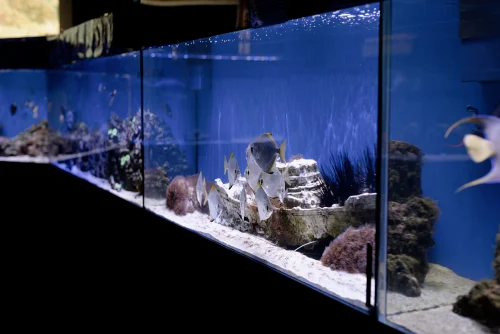
Source: Freepik
Final Thoughts
Adding a biophilic design to your decor is simple. To start, you can use things you may already have, such as wooden furniture and plants, to create a calm and balanced environment. Biophilic design can also appear in less literal forms. In addition to using live plants as décor, you can create a similar effect by using textures, colors, and shapes that are similar to those found in nature throughout your house.
Also read: 7 Stunning False Ceiling Design Ideas for Every Room in Your Home
Frequently Asked Questions
How to Create Biophilic Design?
To create biophilic designs, one should start by incorporating natural elements into their space. Use indoor plants, maximise natural light, and integrate earthy materials like wood or stone. Focus on creating a seamless connection with nature through textures, patterns, and sustainable design choices.
What Are 3 Benefits of Biophilic Design?
Following are the top 3 benefits of biophilic design:
- Improved Well-Being: Reduces stress and enhances mental health.
- Increased Productivity: Natural surroundings boost focus and efficiency.
- Sustainable Living: Promotes eco-friendly materials and practices.
Who Started Biophilic Design?
The biophilic design was started by Edward O. Wilson in 1980s. He introduced the concept of biophilia, highlighting humanity's innate connection to nature, which inspired the design principles we see today.
Is Biophilic Design Expensive?
Not necessarily! It can be budget-friendly by using cost-effective natural elements like potted plants, reclaimed wood, or locally sourced materials. High-end designs with custom features may increase costs, but basic changes are affordable.
What Is an Example of a Biophilic Design?
A striking example of biophilic design is incorporating modern granite floor design patterns that mimic natural stone textures. Combine this with large windows overlooking greenery or a vertical garden to create a nature-inspired ambiance.








